In my experience, I’ve found that those who like vegetables are particularly fond of the tried-and-true varieties. Broccoli, carrots, peas, potatoes, sweet potatoes, and corn occupy the top rung. “Second string” vegetables include cauliflower, green beans, greens, squashes, and such. If those in your household are open to new vegetable adventures, here are a few veggies that you may not think of buying regularly, but which might add fun and variety to your everyday repertoire.
Brussels Sprouts
Okay, so Brussels sprouts aren’t exactly “offbeat,” but they may be one of the vegetables you hated as a child. I list them here, though, because I think they're underused and under appreciated. Cook them just until done, and these tiny cabbages are delightful. When eating overcooked Brussels sprouts, I can see where the prejudice may set in. Serve your perfectly cooked sprouts to your family with an air of excitement—it may be contagious!
- Maple-Sriacha Roasted Brussels Sprouts with Cranberry Wild Rice
- Wine-Glazed Brussels Sprouts
- Tempeh Stew with Brussels Sprouts, Sweet Potatoes, and Shiitakes
Edamame
Fresh green soybeans have become widely available in the West in the past few years. Resembling baby lima beans—but less mealy and more flavorful—edamame (eda-MA-may) are a popular appetizer in Japanese restaurants. In midsummer, I get fresh edamame from my local farm markets. Cook them in their shells for about 10 minutes, then pop them open and eat them at room temperature—much like green peas. Edamame are quite easy to find in frozen form in natural foods stores, either in or out of the shell.
- Asian-Flavored Edamame and Tofu Chopped Salad
- Quinoa with Edamame and Oranges
- Edamame Salad with Red Bell Pepper
Jerusalem Artichokes
Also marketed as “sunchokes,” these knobby roots have no connection with Jerusalem nor do they bear any resemblance to the more common, leafy artichokes. They are related in some way to the sunflower plant, however. These veggies have a texture that is a cross between a water chestnut and a white potato and a flavor that is pleasant but hard to describe. Jerusalem artichokes can be scrubbed, sliced, and eaten raw alone or in salads, or quickly sautéed in a little olive oil.
Jícama
Another offbeat root, jicama (pronounced HICK-a-mah) is native to the American Southwest, and until the last decade or so was not easy to find outside that realm. Now you will find jicama in well-stocked supermarkets and produce stores from west to east. Sweet, crunchy, and a bit more watery than other roots, jicama is—like the Jerusalem artichokes—good sliced and eaten raw, used in salads, or sautéed.
Leeks
A member of the onion family, leeks resemble oversized scallions. Only the white and lightest green parts are edible. The dark green leaves may be washed well, chopped, and used to flavor homemade vegetable stock, or you can simply discard or compost them. Chop leeks and rinse very well before using. Sautéed leeks are wonderful in soups and paired with potatoes or cabbage. But you can always substitute them for ordinary onions.
- Simmered Tofu with Leeks and Tomatoes
- Sautéed Carrots and Leeks
- Mashed Sweet Potatoes with Leeks and Peas
Spaghetti Squash
Winter squashes are not often great favorites of children (unless pureed into soups or otherwise disguised), but spaghetti squash may be the exception to this rule. Once baked, the flesh comes out in spaghetti-like strands, and children can get great enjoyment from “combing out” those strands with a fork (provided of course, that the squash is cool enough to handle). I like to serve spaghetti squash in its simplest form, sautéed in a little olive oil or Earth Balance, and seasoned with salt and pepper. Some people like to eat their spaghetti squash with marinara sauce as a low-carb substitute for pasta.


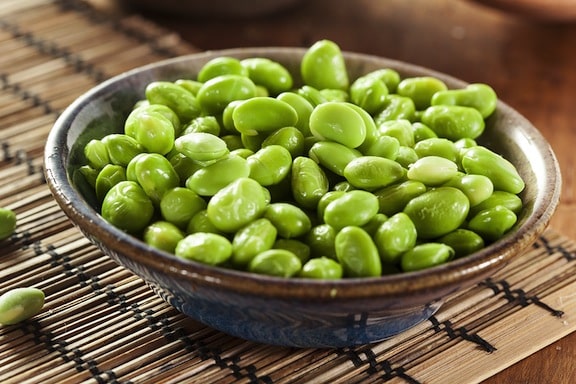
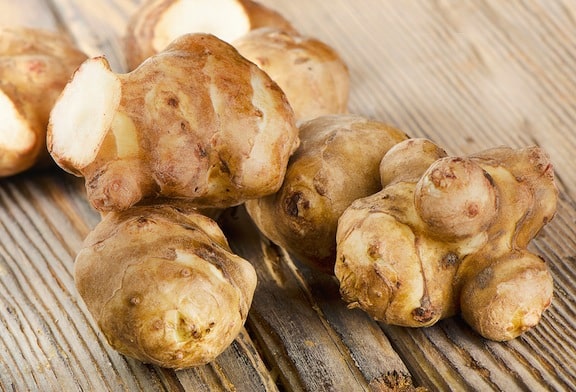
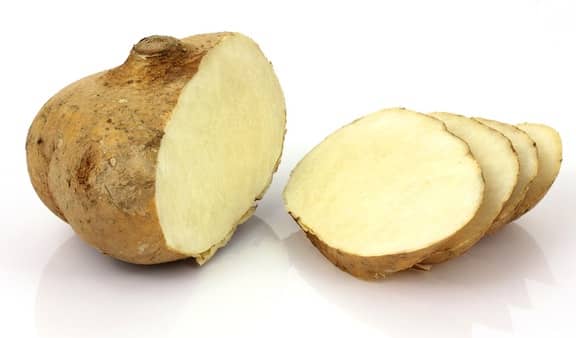
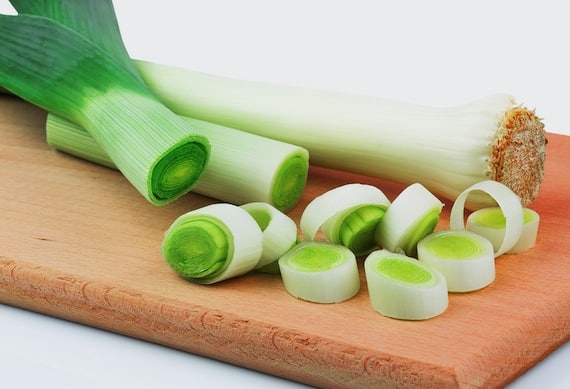
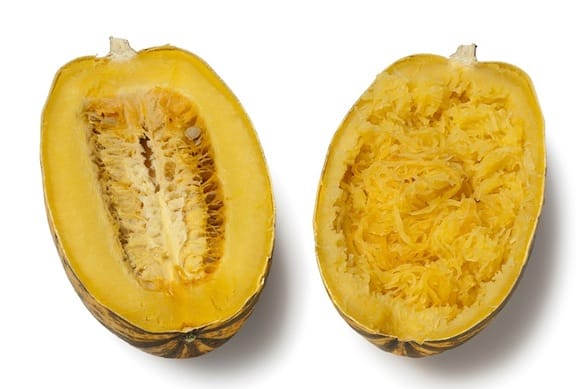

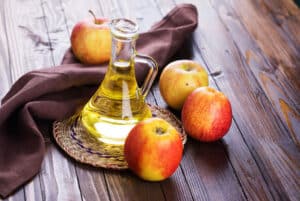
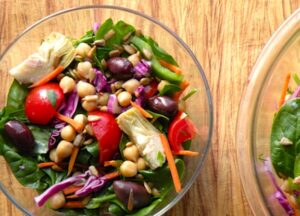
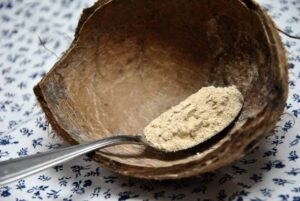
Jessica Miller says
Fennel...especially the bulb....wonderful in so many ways.
Nava says
How true! Fennel should merit its own write-up on VegKitchen.
cynthia says
Bok Choy! I use it instead of cucumber in the winter. Also it is wonderful in stir fry.
Susan Ticker says
Parsnips - easy and delicious in soups, or roasted or sauteed.
Nava says
Yes, I'd definitely classify parsnips as an under appreciated veggie. Thanks for the addition!
Nava says
I love bok choy. We don't get nice crispy bok choy here where I live in the winter, and I miss it. I almost look forward to it like I did with asparagus in the spring, before asparagus became more year round. Thanks for weighing in!
BeingL says
Leeks are amazing! Underutilized in American kitchens.
Shannon erickson says
Definitely Brussels sprouts. I grew up loving them and jicima as a child so love them now.
Kim says
Beets. I love beets. And yes parsnips are so underrated!! I love them sliced thin, seasoned as and roasted, then served as "fries."
Joanna says
I actually LOVE Jerusalem Artichokes, I like their slight peppery yet sweet taste and that crunch and that they are super easy to prepare.
Michelle says
Kohlrabi!!
Donna B says
I love using leeks instead of onions in soups and other dishes. Onions always seem to strong in flavor for me. Spaghetti squash, boc choy, jicama and beets are on my table. I've even learned to like brussel sprouts but will leave the fennel to others. Cannot get past the licorice smell and taste.
Nava says
Thanks for your input, everyone! There are so many under-used and under-appreciated veggies worth some of our attention.
Rachel says
turnips! (roasted).